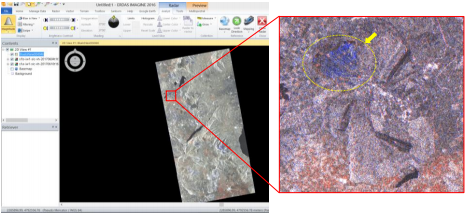

In physics, quantum mechanics ascribes waves to physical objects. Note that this is different from (usually shorter than) the time constant $T_1$ for the dipoles to decay back to be aligned on the $z$ axis. Coherence is the quality of a wave to display well defined phase relationship in different regions of its domain of definition. It is based on an analysis of the phase diversity at the aperture data. The time constant for this exponential fall is called $T_2$. So immediately after the pulse we measure a strong signal, but as the dipoles spread out in the $xy$ plane they start cancelling each other out and the strength of the signal we measure falls in a roughly exponential fashion. We apply the concept of phase synchronization of chaotic and/or noisy systems and the statistical distribution of the relative instantaneous phases to. This means that although they start out all pointing in the same direction (along the $x$ axis) they end up orientated randomly in the $xy$ plane so the net dipole is zero and we can no longer measure it. The trouble is that the dipoles are all of slightly different strengths and so they all rotate at slightly different speeds. The spins now start rotating in the $xy$ plane and we measure the frequency of rotation to get the dipole moment. The example highlights the advantage of wavelet analysis over.

In pulsed NMR we start with the dipoles all aligned with the magnetic field (call this the $z$ axis) then we apply a pulse to rotate all the dipoles onto the $x$ axis i.e. comparison between two methods of testing real wavelet phase coherence against that of noise.


 0 kommentar(er)
0 kommentar(er)
